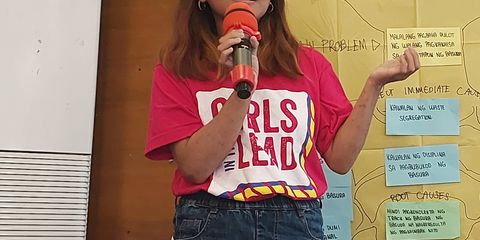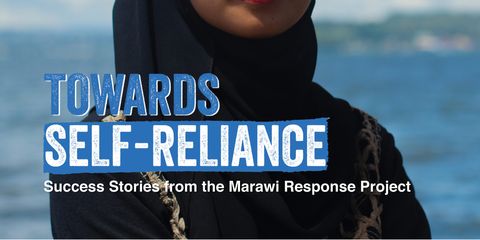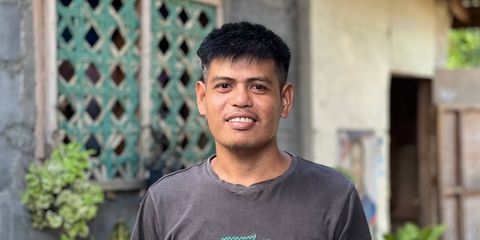A response to run, a home to restore: Looking back at Typhoon Yolanda a decade later
10 November 2023Typhoon Yolanda (Haiyan) hit the Eastern Visayas region in the Philippines on November 8, 2013, putting thousands of households out on the streets as the winds and rains swept through homes, schools, and entire towns. A decade later, Maricel Campomanes shares how she, a survivor of Yolanda herself, heeded the call to become part of Plan International Pilipinas' Emergency Response Team, and what this role meant to her.
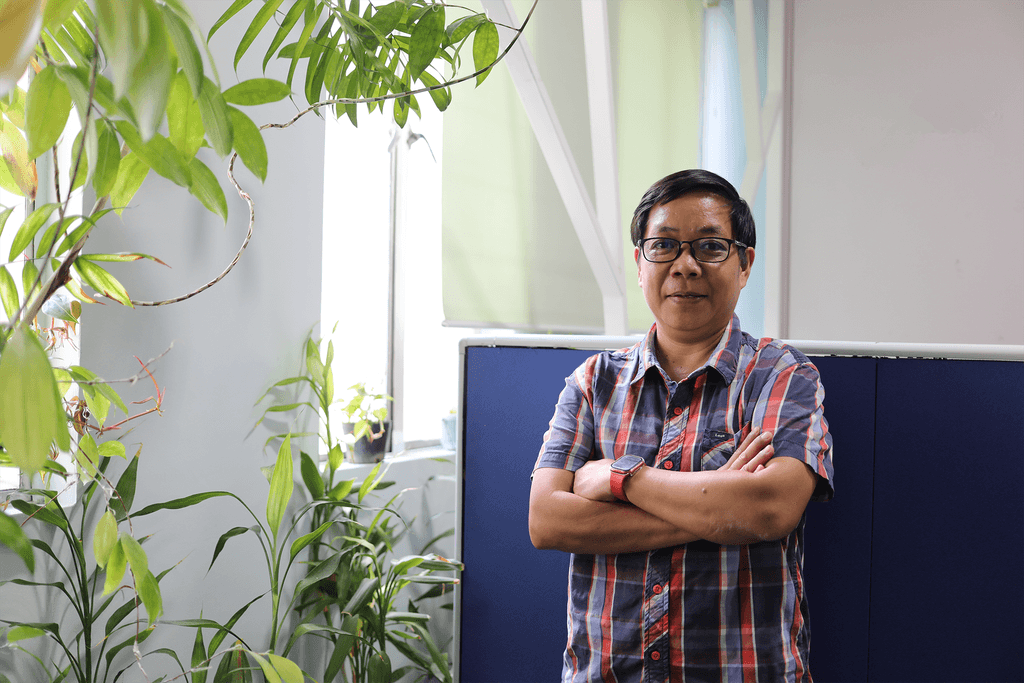
My name is Maricel Campomanes, currently the Head of Supply Chain and Administration of Plan International Pilipinas, and I’m from Palo, Leyte — one of the most devastated towns after Super Typhoon Yolanda (Haiyan).
Who would have thought that November 8, 2013, would turn our lives upside down. I was deployed in Bohol for an earthquake response when Super Typhoon Yolanda hit the Philippines. I went to Tacloban to support emergency response efforts as soon as it was safe to travel. I was already in tears on the way, worried about my family.
Upon arriving, I saw the dead bodies of both human and animals on the streets, collapsed and damaged houses and infrastructures, unpassable roads, and people on the streets crying for help. I couldn’t even recognise the places that we were passing through.
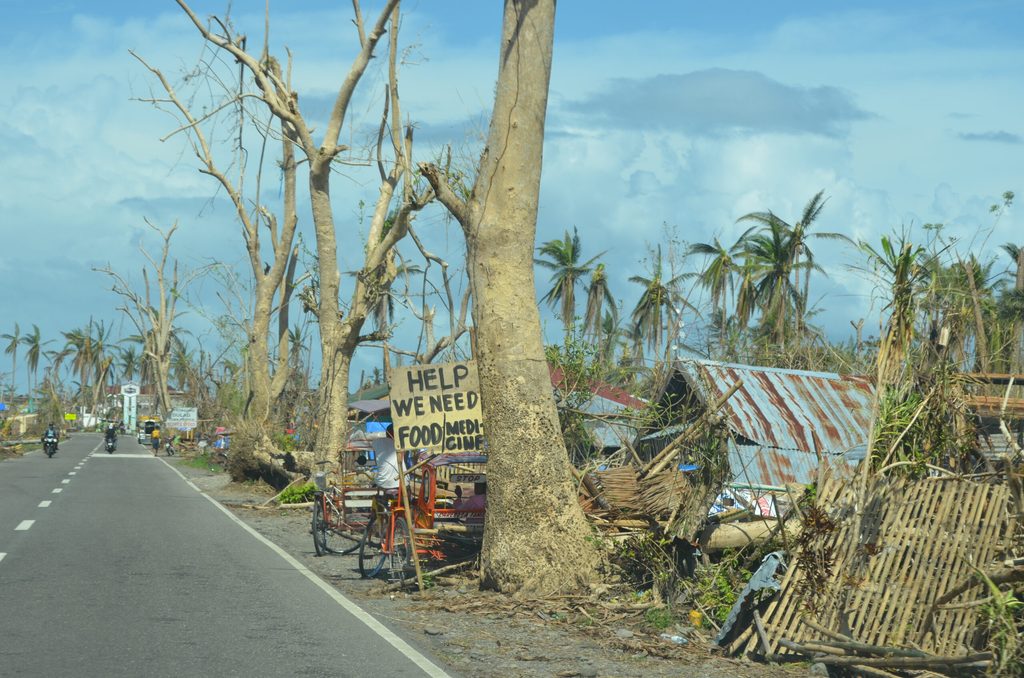
Joining the response team
At that time, I needed to compose myself and focus on the things that I needed to do as a humanitarian worker and as a survivor. Aside from managing relief items for distribution and the deployment of staff from the Country Office, the Regional Hub and the Global Hub, I also had my family to attend to and a home to restore.
Plan International Philippines’ Visayas Support Center in Tacloban, despite its condition after the typhoon, became the main operations centre for the response team and a support hub for staff and their families who lost their homes. Every day for 5 long months, we’ve managed to support the different needs of the Super Typhoon Yolanda emergency response team – from accommodation and medical assistance for staff, transportation and trucking requirements, procurement of goods and services, office set-up, receiving relief items from donors, to arranging venues for meetings and trainings, and hiring of additional support staff.
During those days, I didn’t mind going home very late at night, just to make sure things were done for the day. I would still pass through dark roads littered with unclaimed bodies, with only the light coming from my motorbike as a guide on the road, Though the situation was bleak, I found solace in knowing that my little contributions somehow helped fellow survivors and people who were grieving and longing for loved ones they lost.
Rising up
Up to now, the memories from that time are still so fresh in my mind that I can’t help but wonder how we managed to rise from Yolanda’s wrath. What helped me cope and look onwards was the presence of my family — knowing that they are safe — and my commitment to help others, especially with the kind of work that I have.
It took us almost a year to recover, not only in terms of restoring our home and other properties, but also in healing from the pain of losing relatives and friends.
Ten years have passed since that fateful November day, but our stories live on.
Categories: Emergencies
